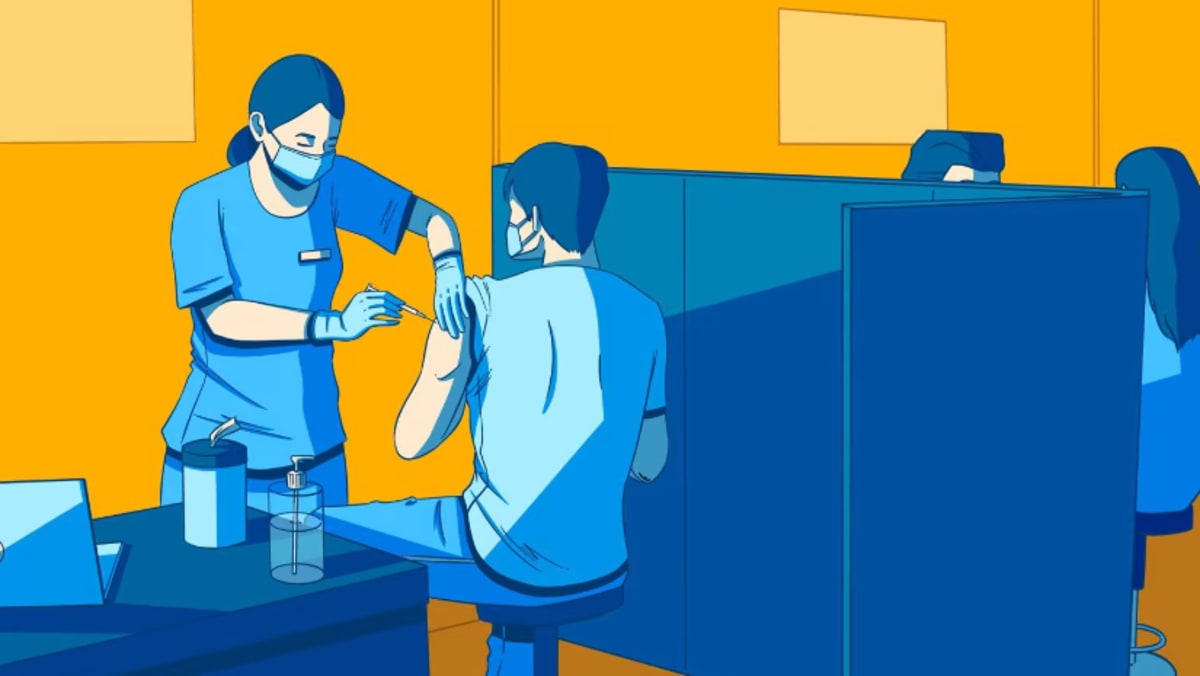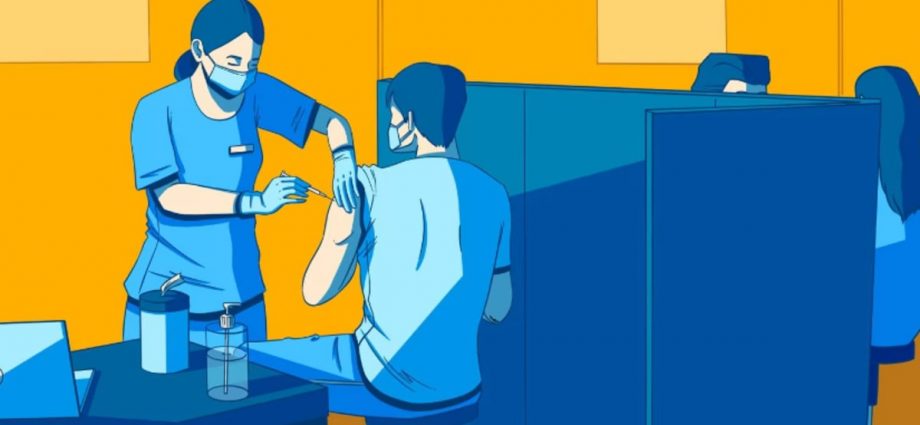
Dr Ling Li Min, an infectious disease specialist from Rophi Clinic at Mount Elizabeth Novena Specialist Centre, said it did not help that there was also an information overload along with news fatigue.
Dr Ling said confusion over stop-start measures or logistical issues with isolation protocols also resulted in a decline in positive sentiments, which was concerning at a time when daily cases were beginning to climb into the thousands for the first time.
The MTF said at that time that the Government was staying nimble enough to implement new measures amid constantly changing conditions and uncertainty.
Dr Tambyah said that frequent changes in policies such as the two-person, five-person, eight-person group sizes rules were also confusing and demoralising.
Deputy Prime Minister Lawrence Wong said in November 2021 that as much as Singapore has tried to avoid a “start-stop” approach in tackling COVID-19, the country still had to make constant adjustments to prevailing measures.
“We understand that it is not always easy for people to keep track of the changes in our measures, and from time to time it also creates frustration because of the perceived flip-flops in our COVID-19 strategy,” he said then.
AREAS WHERE SINGAPORE FELL SHORT
1. Handling of outbreak in migrant worker dormitories
In April 2020 — when Singapore entered the circuit breaker period — more than 1,000 new COVID-19 cases were identified in dormitories daily and the rate of infection forced the Government to impose strict curbs on the movement of migrant workers.
They were not able to leave the grounds of their densely packed dormitories nor allowed to go to work.
A spate of attempted suicides involving migrant workers cast a spotlight on their mental health and Singapore’s treatment of this community.
Many of the experts interviewed agreed that this was a major area in which the Government fell short, with Prof Cook saying that the dorm outbreaks are a “big black mark” on Singapore’s record.
“If you look at the fraction of the total population in the dorms and general public to be diagnosed as infected, we kept pace with the United States over the first six months of 2020 — that’s how bad it was,” he said.
“There wasn’t much that could be done once the outbreaks had started — what could be done to rehouse 300,000 men in low-density accommodation at short notice?
“But what I found most disappointing is what happened afterwards: The tight control over their day-to-day lives imposed for over a year afterwards. This came despite most dorm residents having been infected already and thus at lower risk of another infection,” he added.
Dr Tambyah said it would most likely have made a difference if the early outbreaks in the dormitories had been recognised. However, the dorms were a blind spot for the authorities as they were simultaneously grappling with large numbers of returnees from North America and Europe who were infected.
“This (dorm outbreak) was unfortunately predicted by scientists in March 2020 and by migrant worker NGOs (non-governmental organisations) some time ago,” he said.
“The reforms are welcome but I am not sure if they are adequate to prevent other outbreaks in the future. Even before this pandemic, we had measles in the same dormitory which had a large COVID-19 outbreak.”

